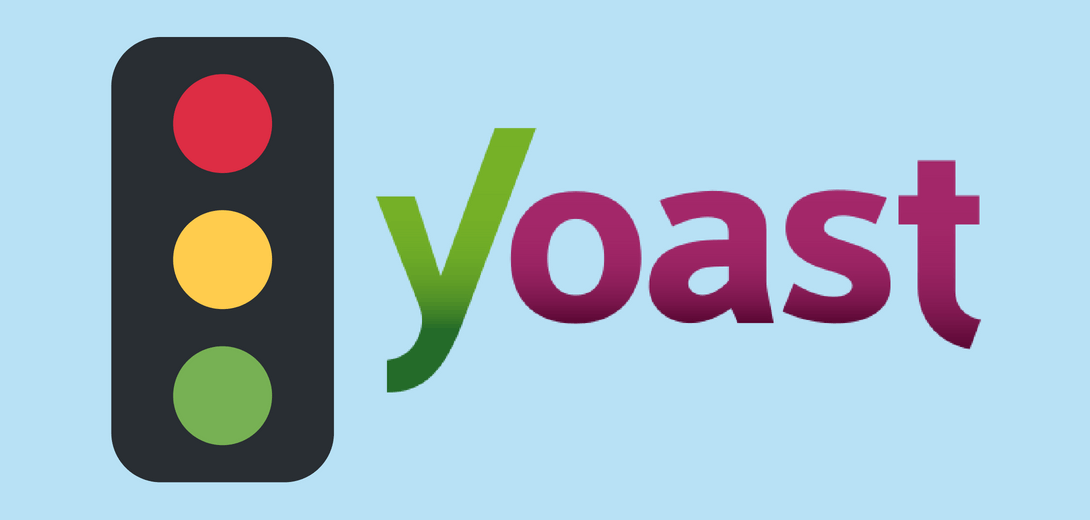The days of keyword-stuffed content and basic website design are long over. Artificial intelligence (AI) is no longer a futuristic fantasy; it’s actively shaping how search engines understand content and user intent.
This shift towards AI-powered search has significant implications for businesses. Websites clinging to outdated design principles risk becoming invisible in search results, leading to a potential drop in traffic and ultimately, a negative impact on the bottom line.
The good news? By embracing a future-proof approach, you can ensure your website continues to thrive despite the changing trends
Optimizing Your Website for AI-Powered Search
Let’s dive into key design strategies that will empower your website to navigate the age of AI-powered search with confidence.
Key 1: Semantic Structure
Imagine a library with books piled haphazardly. Finding the information you need would be a nightmare, right? For AI search engines, websites lacking a clear structure pose a similar challenge. A well-defined semantic structure is crucial for your website because
- AI Relies on Clarity: AI algorithms analyze websites based on their structure and content organization. Semantic HTML tags like headings (H1, H2, H3, etc.) act as signposts, conveying the hierarchy and focus of each webpage.
- Understanding Content Relationships: Proper use of semantic tags helps AI grasp the relationships between different content sections. This allows the search engine to understand the overall context and purpose of a webpage.
Taking Action: Audit your website’s current structure. Our previous blog post Semantic HTML for SEO: Best Design Practices for Websites in 2024 offers a deep dive into this topic with actionable steps.
Key 2: Embrace Long-Tail Keywords & Natural Queries
Gone are the days when simply stuffing generic keywords into your content could guarantee search engine success. AI search prioritizes user intent and the natural language people use to find information. To adapt your content strategy,
- Go beyond generic terms: People don’t search with single words anymore. They ask questions and use conversational phrases. Optimize your content for long-tail keywords that reflect this natural language. For example, instead of targeting just “running shoes,” aim for “best running shoes for flat feet” or “comfortable running shoes for women.”
- Leveraging Search Tools: Explore tools like Google Search Console or answerthepublic.com. These platforms reveal valuable insights into question-based search patterns around your industry. Integrate these long-tail queries and natural language phrases into your content strategy.
Taking Action: Conduct keyword research using the tools mentioned above. Identify long-tail keyword phrases relevant to your target audience and the problems you solve. Integrate these keywords naturally within your website content, focusing on providing valuable answers to user questions.

Key 3. Conversational Content That Solves Problems
AI-powered search aims to connect users with the most relevant and helpful content possible as quickly as possible. Keyword stuffing alone won’t cut it anymore. AI can now recognize user search intent. Your content shouldn’t just include relevant keywords; it should genuinely answer user questions and address their pain points.
To do this, think holistically. Don’t limit yourself to blog posts. Consider optimizing FAQs, product descriptions, and even case studies using conversational language and addressing user problems directly.
Taking Action: Review your existing website content. Ask yourself: “Does this content truly answer a user’s question?” If not, revise with a focus on providing solutions and addressing user intent. Leverage storytelling and clear, concise language to make your content engaging and informative.
Key 4: Focus on E-E-A-T
Establishing E-E-A-T (Experience, Expertise, Authority, Trustworthiness) is crucial for success in the age of AI-powered search, especially for websites dealing with YMYL topics (Your Money or Your Life) like finance or health. AI algorithms value high-quality, accurate content from trusted sources. Now, high-quality backlinks from reputable websites within your niche demonstrate authority and trustworthiness, significantly boosting your ranking potential.
Additionally, adding author profiles to your website is a credibility booster. If your content features author bios, highlight their credentials, expertise, or relevant industry affiliations. This strengthens the E-A-T signals AI search engines are looking for.
Taking Action: Critically assess your existing content, ensuring it’s up-to-date, backed by reputable sources, and aligns with established expert consensus (where applicable). Develop a long-term outreach strategy to secure quality backlinks. Prioritize guest posts on reputable blogs, collaborations with industry leaders, and building a presence on authoritative websites.
Key 5: Speed and Mobile Optimization
The technical foundation of your website remains crucial even as AI advances. Slow load times and clunky mobile experiences create friction that leads to high bounce rates, sending negative user engagement signals to search engines, even if AI-powered.
Consequently, your image compression, streamlined code, and mobile-first design practices will remain crucial. Also, user experience will be paramount. AI search engines use metrics like dwell time and bounce rate as indicators of how well a website meets user needs. A slow or non-mobile-friendly site will get penalized in rankings, AI or not.
Taking Action: Analyze your website’s performance. Utilize tools like Google PageSpeed Insights or a Web Developer Tools audit to identify areas for optimization. Don’t hesitate to seek professional development assistance if technical SEO is outside your expertise.
The Future: AI as a Potential Design Collaborator?
As AI continues to evolve, it’s possible to envision a future where AI tools play an even more proactive role in web design. While this is largely speculative for now, it is worth keeping in mind. Embracing lifelong learning in web design and a willingness to adapt to new AI-powered tools will prove essential in the long run.
Conclusion
Future-proofing your website for AI-powered search isn’t about chasing fads. It’s about understanding how user expectations and technology influence search behaviour. By prioritizing semantic structure, conversational content, E-A-T principles, and continuous technical optimization, you create a website that succeeds today and tomorrow.
Is your website ready to thrive in the age of AI-powered search? Contact Edens Digital for a comprehensive website audit and strategic optimization plan tailored to your industry and target audience.





